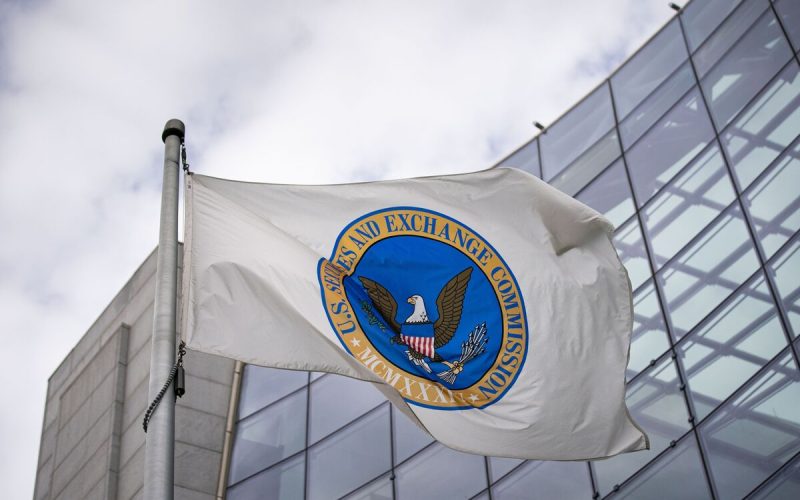Introduction:
In a landmark move, the U.S. Securities and Exchange Commission (SEC) has voted to overhaul the $26 trillion Treasury market by expanding central clearing. This article delves into the motivations behind the SEC’s decision, examines the potential ramifications for market participants, and explores the broader significance of this transformative step in the financial landscape.
SEC’s Motivations for Overhaul:
- Enhancing Market Resilience: The expansion of central clearing is driven by the SEC’s aim to bolster the resilience of the Treasury market. Central clearinghouses play a crucial role in mitigating systemic risks by acting as intermediaries between buyers and sellers, ensuring the completion of trades even if one party defaults.
- Risk Management: The move is aligned with efforts to improve risk management within the Treasury market. Central clearing allows for greater transparency, standardization, and monitoring of trades, facilitating more effective risk assessment and mitigation.
Potential Impact on Market Dynamics:
- Increased Transparency: The expansion of central clearing is expected to bring increased transparency to the Treasury market. Standardized clearing processes enable clearer visibility into trades, enhancing market participants’ ability to assess pricing and liquidity.
- Reduced Counterparty Risk: By centralizing the clearing process, the SEC aims to reduce counterparty risk in Treasury transactions. This can contribute to a more secure and stable financial system, as central clearinghouses act as intermediaries that guarantee the fulfillment of trades.
- Operational Efficiency: Standardization and centralization often lead to operational efficiency. With a streamlined clearing process, market participants may experience smoother and more expedited settlement procedures, potentially reducing costs and improving overall market functioning.

Broader Significance for Investors and Institutions:
- Investor Confidence: The SEC’s move is likely to instill greater confidence among investors in the Treasury market. The assurance of central clearing and risk mitigation measures can attract a broader range of market participants, including institutional investors and asset managers.
- Regulatory Alignment: The expansion of central clearing aligns with broader regulatory trends aimed at enhancing market stability. Investors and institutions operating in the Treasury market will need to adapt to the evolving regulatory landscape, ensuring compliance with new clearing protocols.
- Market Liquidity: Improved transparency and reduced counterparty risk may positively impact market liquidity. As investors gain confidence in the safety and efficiency of Treasury transactions, liquidity in the market could see a boost, benefiting both buyers and sellers.
Challenges and Considerations:
- Implementation Complexity: The implementation of expanded central clearing comes with its complexities. Market participants and infrastructure providers will need to adapt their systems and processes to comply with the new clearing framework, posing implementation challenges.
- Potential Impact on Small Participants: Smaller market participants, such as regional banks or niche players, may face challenges in adjusting to the standardized clearing processes. Regulatory authorities may need to provide guidance and support to ensure a smooth transition for all market participants.
Global Implications and Collaboration:
- International Alignment: The SEC’s decision to expand central clearing in the Treasury market may prompt global discussions on aligning clearing practices across major financial markets. Consistency in clearing protocols can contribute to global financial stability.
- Collaboration with Regulatory Bodies: Collaboration between the SEC and other regulatory bodies will be crucial in implementing and harmonizing clearing standards. International cooperation can create a unified approach to managing risks and enhancing transparency in global financial markets.
Conclusion:
The SEC’s decision to expand central clearing in the $26 trillion Treasury market marks a pivotal moment in financial regulation. As the market undergoes transformation to enhance resilience, transparency, and risk management, market participants, investors, and institutions will need to adapt to the evolving landscape. The broader implications of this overhaul extend beyond the domestic market, shaping international discussions on the standardization and centralization of clearing practices in the global financial ecosystem.












